That Was Then... Eclipse TD-A502
A classic hi-fi amplifier with class-leading sound
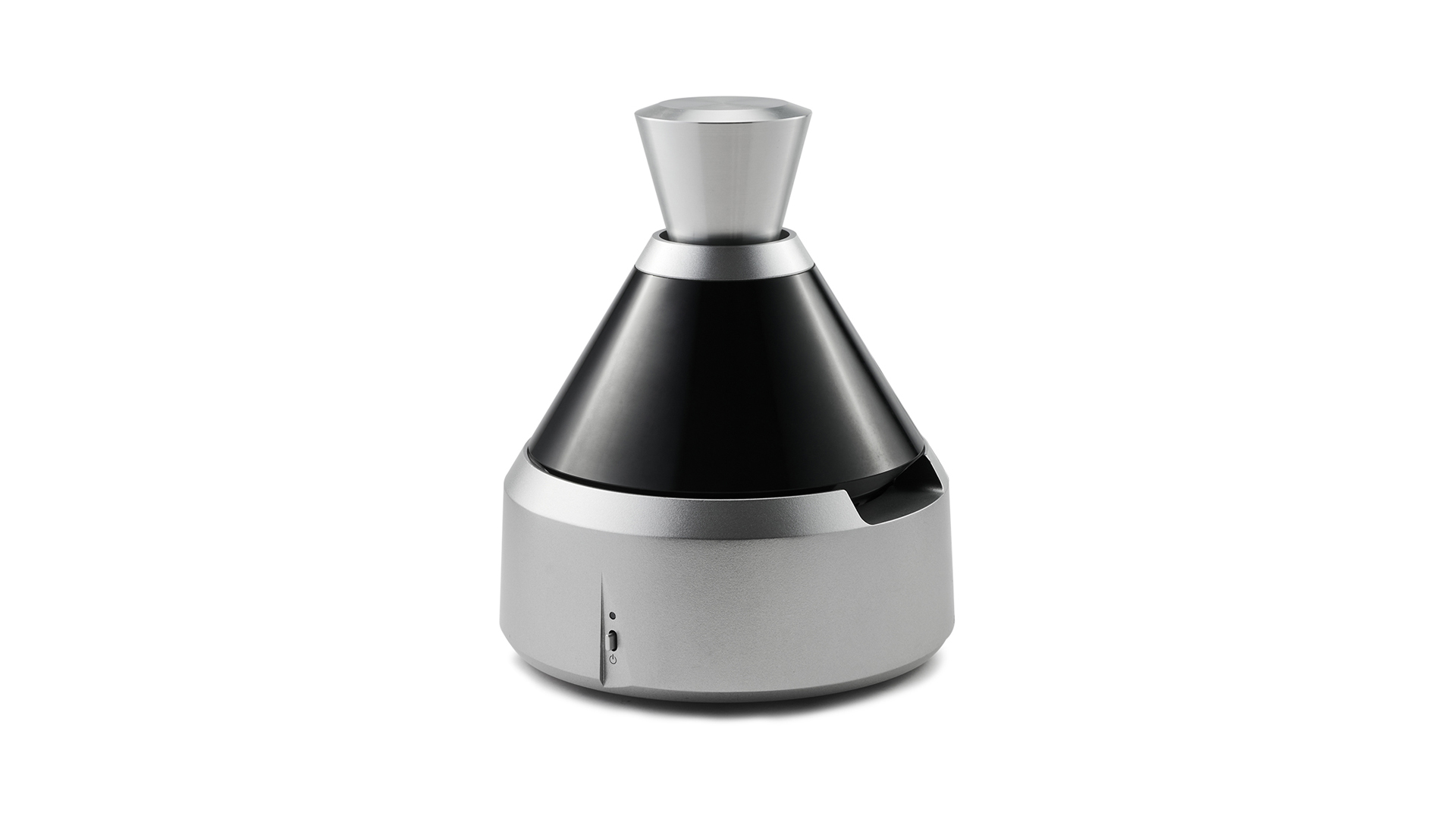
Eclipse first stepped into the domestic hi-fi arena in late 2001. It announced two products, the egg-shaped TD-512 speakers and the conical TD-A502 amplifier. Given how comprehensively they rewrote the rulebook, the speakers quite rightly grabbed the limelight. It’s interesting to note that they also set the template that the company’s designs follow to this day.
Even so, we can’t help thinking that the A502 amplifier deserves to be much more than a footnote in the company’s history. It cost £875 when we first reviewed it, but such was the quality of build and finish that it could have retailed for triple that and we wouldn’t have complained.
There are some lovely details, such as the white LEDs that sit below the volume control and cast a pretty petal pattern on the ceiling or the simple power button that feels wonderfully weighted and works with damped precision. It feels like high-end engineering at the fraction of the normal cost.
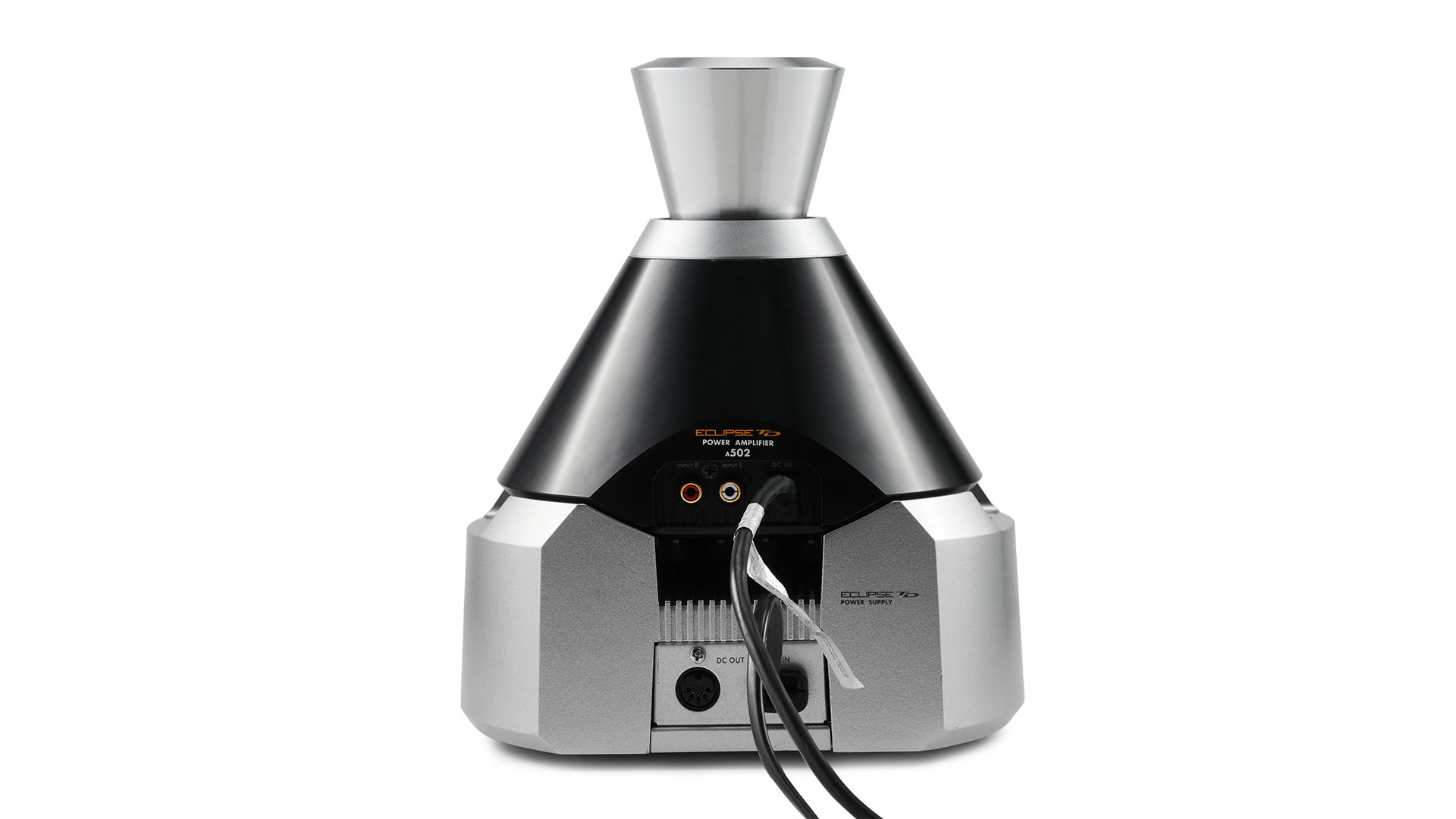
The stereo amplifier splits into two main sections. The silver lower part houses the power supply while the black cone above holds the amplifier circuit. The two parts are linked with a short, captive umbilical lead that’s terminated by a DIN plug.
You’ll look in vain for an input selector. There’s no need for one, as the TD-A502 only has a single line-level input, making this amp a non-starter for those with complex systems. Add a lack of remote control and speaker terminals that sprout from the base of the cone, leaving little space for thick cables, and you have a product that makes significant demands upon its owner.
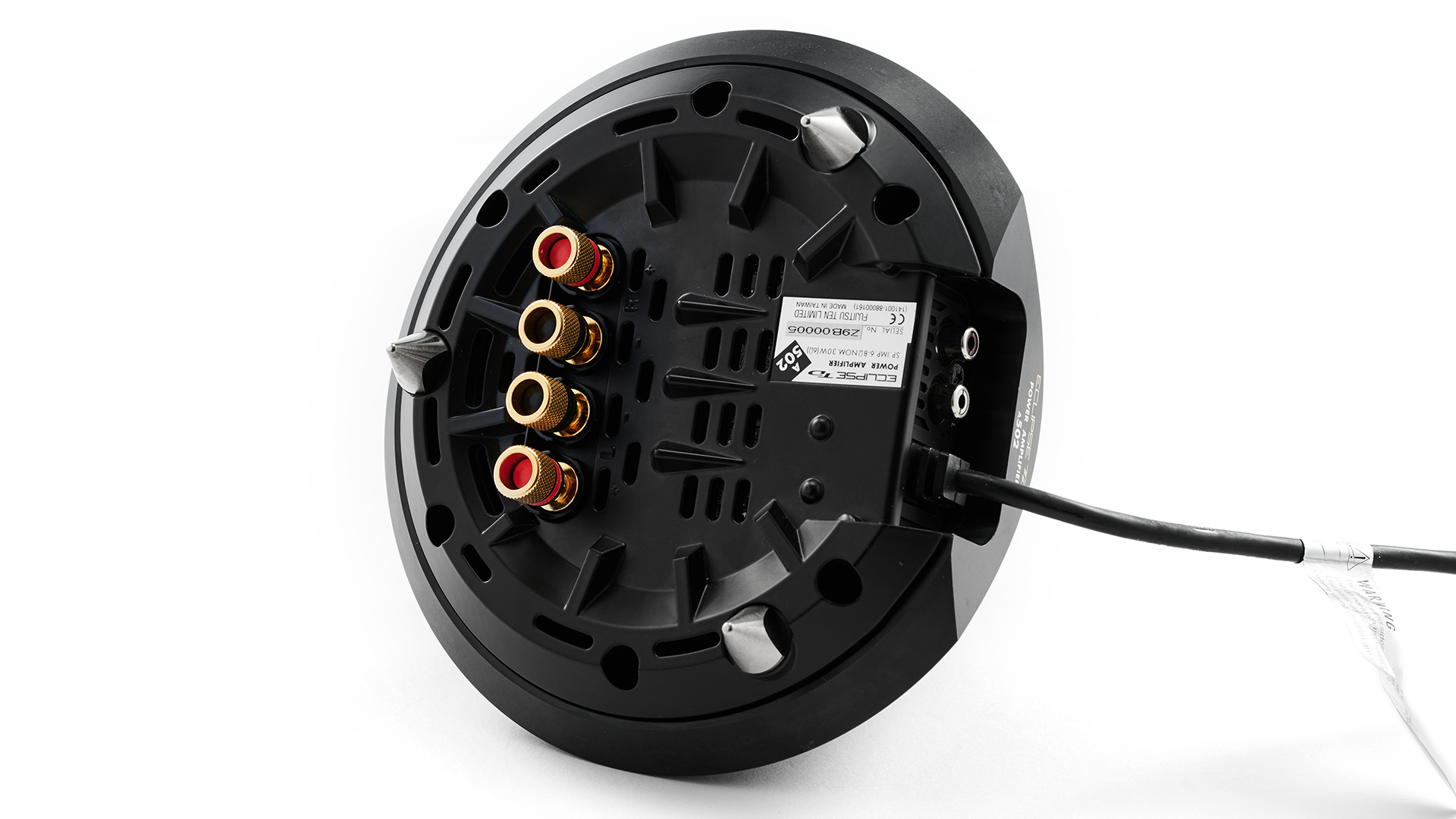
Take a look inside and you’ll find a chip amp-based circuit capable of a claimed 30W per channel. Look carefully at the figures and you’ll find that the ’A502 achieves that output into a 6ohm load rather than the usual eight, and Eclipse allows rather generous distortion limits too. All these things make that low power output figure seem even more modest. So, it’s clear that this is no powerhouse, but to be fair, the partnering speaker didn’t need one either.
You can use the A502 with other hi-fi speakers, but make sure they’re relatively sensitive and easy to drive, particularly if you like to listen at higher volume levels.
Get the What Hi-Fi? Newsletter
The latest hi-fi, home cinema and tech news, reviews, buying advice and deals, direct to your inbox.
We remember listening to the Eclipse amplifier and speaker combination back when it was new. When it came to detail, dynamic expression and rhythmic ability, nothing else we had in the test room on that day came close.
At the time, our reference amp was Krell’s mighty KRC 3/ FPB 400 pre/power (capable of 400W per channel with a retail of around £14,000). In general terms, it was brilliant, delivering huge scale and authority coupled with lots of resolution. But through those Eclipse speakers it sounded slow-witted and unwieldy. Dynamic subtleties weren’t properly developed and the sound was rhythmically muted when compared to what the A502 managed.
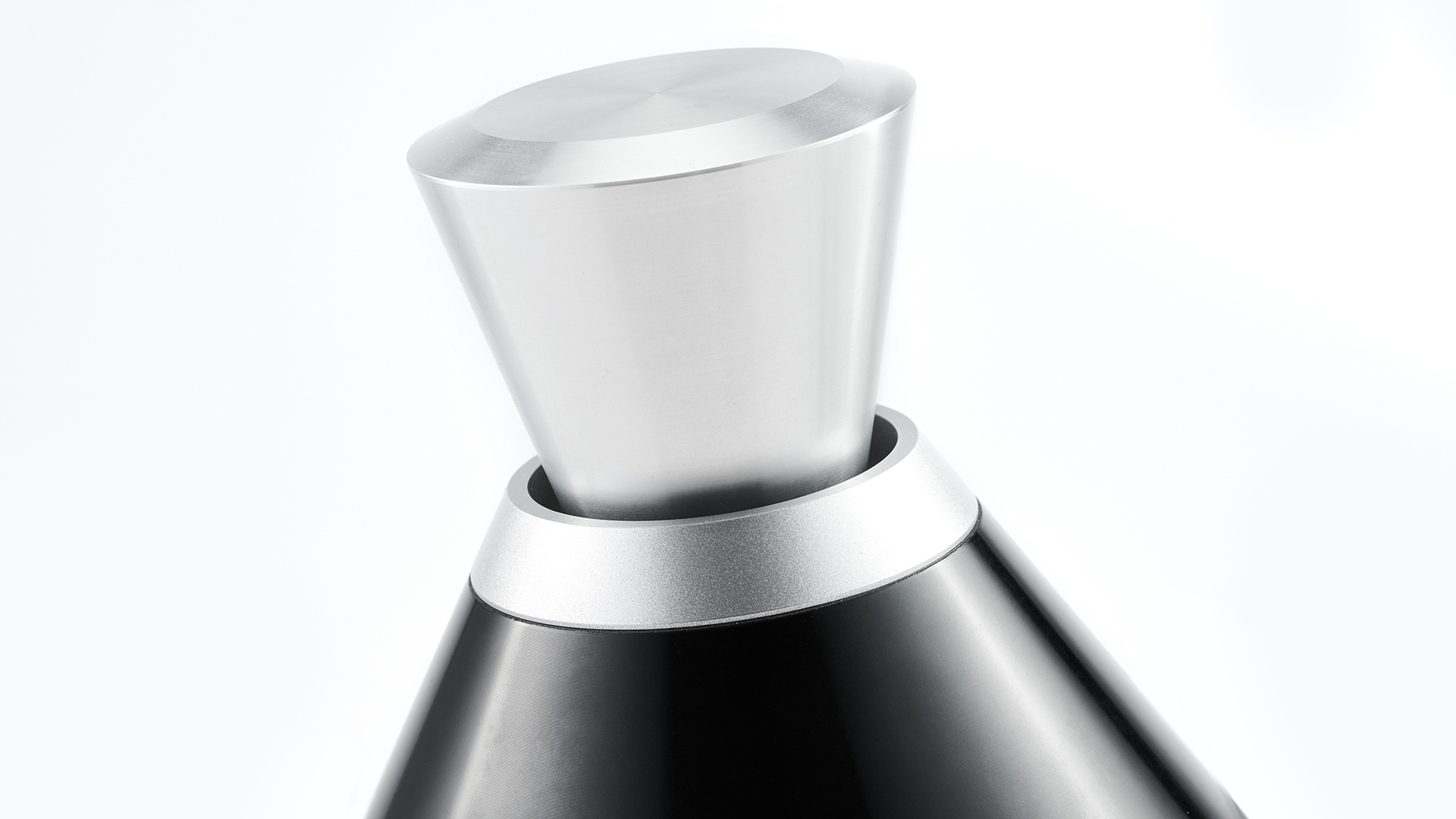
Sure, both the Eclipse speakers and amplifier were literally made for each other, and the speakers simply couldn’t make the most of the Krell’s strengths, but it did show us that there’s no substitute for proper system matching. It also proved that, when pampered, the TD-A502 is a surprisingly musical performer.
Our feelings remain the same today. Given suitable speakers – ProAc’s Response D2Rs in our case – this little amplifier still turns in an utterly charming performance. It’s an insightful unit that organises music in a natural and convincing way.
With gentler tunes, such as Melody Gardot’s The Absence, we’re convinced that this little amplifier can still live with the very best at the grand mark. Vocals are delivered with a pleasing degree of body and nuance, with Gardot’s distinctive tones coming through with playfulness intact.
The backing instrumentation is tracked with ease and the amplifier makes good sense of the complex polyrhythms throughout the album. This control and composure aren’t taken too far and the album’s easy-going feel still shines through.

We switch to Wyclef Jean’s Carnival III set and the Eclipse continues to shine. There’s a surprising degree of punch given the amp’s relatively meager power reserves. Basslines are rich and suitably weighty, while the midrange’s clarity makes it easy to follow Jean’s free-flowing delivery. Once again, we note the Eclipse’s surefooted rhythmic drive and its ability to organise detail into a cohesive and musical whole.
We listen to Tchaikovsky’s Marché Slave Op.31. This is a dramatic piece with wide-ranging dynamics and a strong sense of momentum, and the Eclipse delivers superbly. At reasonable volume levels, there’s an unexpected but pleasing sense of authority together with a stereo image that is stable and nicely focused.
We like the way the amplifier lets the music flow and its handling of the ever-changing dynamic intensity. This is an exciting performance, one that makes us concentrate on the music rather than the mechanics of hi-fi.
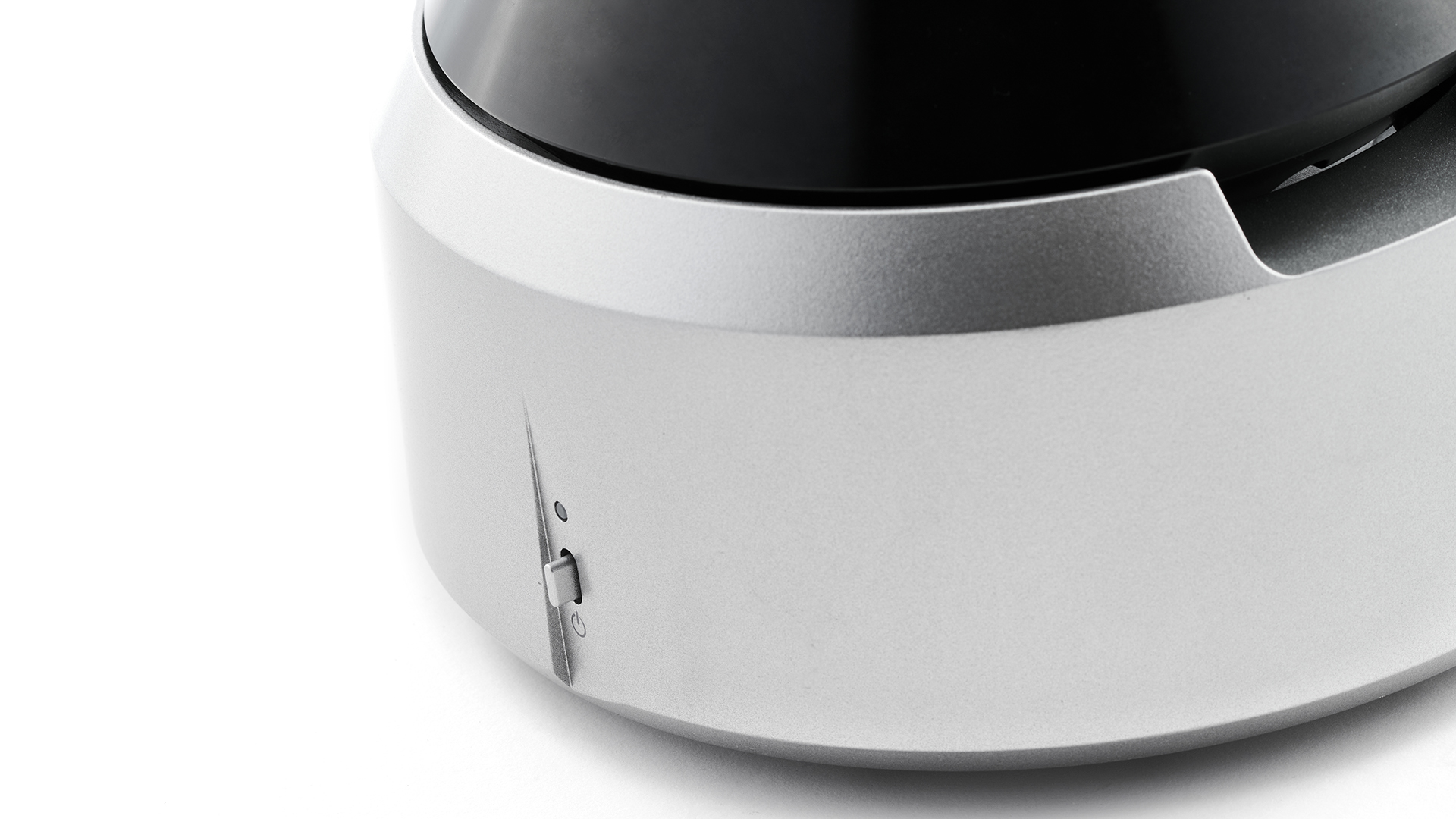
This is not your amp if outright tonal neutrality is your thing – the balance is a little rounded at the top and a touch too rich through the midrange downwards to be that – but it does well enough not to draw our attention unnecessarily.
Of course, if you push harder, the cracks will start to show. That composure fades leading to a mild sense of confusion. Leading edges of notes begin to sound blurred and dynamics start to become compressed. If you have a larger room or insensitive speakers these things will occur relatively early on your volume dial.
At its best, this Eclipse still has what it takes to rival the very best stereo amplifiers at the grand mark. We listened for hours without the thought of swapping to something more capable (and invariably more expensive), which is a great sign. Add the stunning visual design and superb build into the equation and it’s clear that, for the right person, this is a brilliant second-hand buy.
MORE:

Ketan Bharadia is the Technical Editor of What Hi-Fi? He has been reviewing hi-fi, TV and home cinema equipment for almost three decades and has covered thousands of products over that time. Ketan works across the What Hi-Fi? brand including the website and magazine. His background is based in electronic and mechanical engineering.
